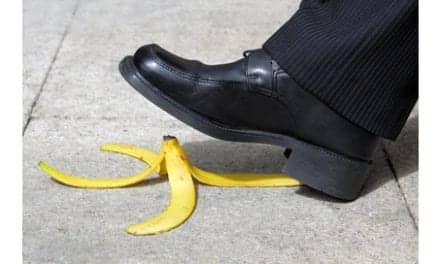Investigators suggest in a new study that active individuals who participate in higher-impact activities may need to maintain higher vitamin D levels to avoid incurring stress fractures.
In the study, published recently in The Journal of Foot & Ankle Surgery, researchers reviewed the medical records of patients who experienced lower-extremity pain, with a suspected stress fracture, over a 3-year period from August 2011 to July 2014.
All patients had x-rays of the affected extremity and were then sent for magnetic resonance imaging (MRI) if no acute fracture had been seen, yet concern for the presence of a stress fracture remained based on the physical examination findings. Musculoskeletal radiologists independently reviewed all the MRI scans, and the investigators then confirmed the diagnosis of a stress fracture after a review of the images, explains a media release from Elsevier Health Sciences.
The serum vitamin D level was recorded within 3 months of diagnosis for 53 (42.74%) of these patients. Using the standards recommended by the Vitamin D Council (sufficient range 40 to 80 ng/mL), more than 80% of these patients would have been classified as having insufficient or deficient vitamin D levels. According to the standards set by the Endocrine Society (sufficient range 30 to 100 ng/mL), more than 50% of the patients had insufficient levels of vitamin D in their systems, the release continues.
“Based on these findings, we recommend a serum vitamin D level of at least 40 ng/mL to protect against stress fractures, especially for active individuals who enjoy participating in higher impact activities,” explained lead investigator Jason R. Miller, DPM, FACFAS, in the release.
“This correlates with an earlier study of 600 female Navy recruits who were found to have a twofold greater risk of stress fractures of the tibia and fibula with a vitamin D level of less than 20 ng/mL compared with females with concentrations above 40 ng/mL,” adds Miller, fellowship director of the Pennsylvania Intensive Lower Extremity Fellowship, foot and ankle surgeon from Premier Orthopedics and Sports Medicine, in Malvern, Pa, and Fellow Member of the American College of Foot and Ankle Surgeons.
Miller stresses in the release, however, that vitamin D is not the sole predictor of a stress fracture. He recommends that individuals who regularly exercise or enjoy participating in higher-impact activities should be advised on proper and gradual training regimens to reduce the risk of developing a stress fracture.
[Source(s): Elsevier Health Sciences, EurekAlert]





